
Photo by John Greim/LightRocket via Getty Images
Landrace Strains: Everything You Need To Know About Landrace Cannabis Strains
You know Indica and Sativa, but what are landrace strains?
Historical documents from around the world suggest that we’ve been using marijuana for as long as four thousand years. Over that time there have been a lot of strains with their own name that, at times, can seem quite arbitrary. Alien Stardawg, anyone?
Looking over some of these often comical strain titles, have you ever wondered what the original strain of weed was? In order to answer that question, we can start by looking more carefully at the common names we use to describe cannabis like Kush, Haze, Sativa and Indica and ask: What exactly do these words mean?
You may have heard the term “landrace strains” before. This is a term commonly used by growers to describe these original strains of cannabis. These are wild and natural strains of marijuana that humans discovered long before they began to breed their own colorfully named brands.
What are Landrace Strains?
The landrace strain is a cannabis strain that has developed over centuries in a particular natural environment. Different cannabis cultivars that have grown, inbred and adapted to very specific geographical location are pure cannabis strains.
Over time, these strains have developed unique characteristics to better survive in their distinct climate. We can understand landrace strains to be true indigenous cannabis plants.
While some are cultivated to make unique types of hashish or cannabis products, others grow wild in their respective countries. For example, native cannabis plants found in the Kush Mountain region are quite different than the native, wild plants found in Thailand. Plants from both of these regions will also be quite different from the genotypes abundant in northern and central Africa.
Landrace Cannabis Species
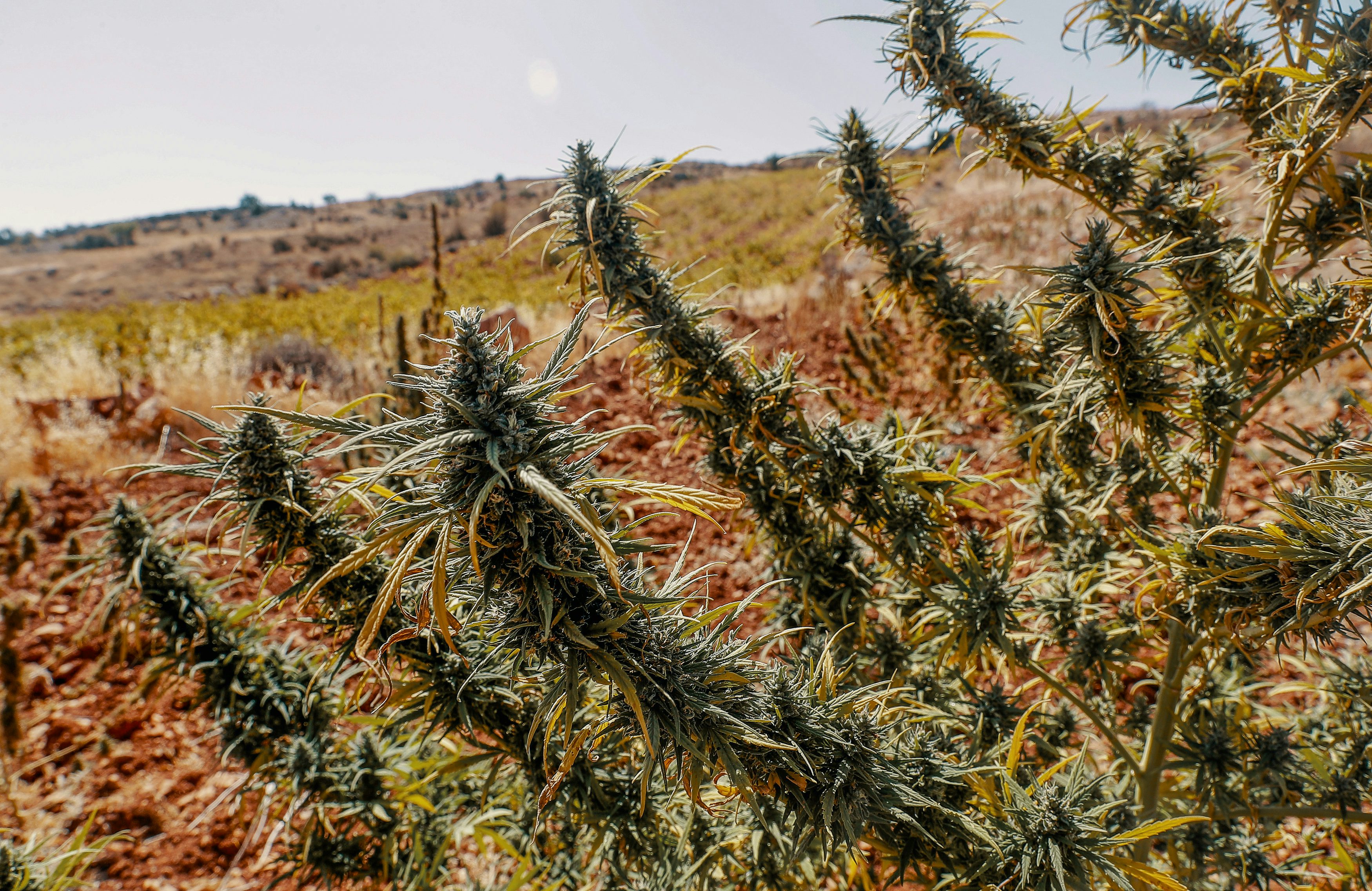
Photo by Joseph EID/AFP/Getty Images
Cannabis Sativa, Indica and Ruderalis are the three scientifically recognized species of cannabis and the categories under which all landrace strains fall. Though modern cannabis science is slowly beginning to prove that there may be more to cannabis genetics than we think, these three types are generally accepted by the cannabis community and are the names you will hear in any dispensary or seed bank.
Cannabis Sativa
Cannabis Sativa is the first species of cannabis to be identified by botanists in the late 1700s. Cannabis Sativa, meaning cultivated cannabis, originated in Asia and Northern Africa, but it didn’t take long for it to find its way to the west as the Silk Road brought spices, fabrics and smokable goods across Asia to Europe.
Cannabis Sativa is most often found growing in areas close to the equator, which provide the ideal growing conditions for this strain.
There are, however, varying types of Cannabis Sativa that originated in different parts of the world. Some of them include Acapulco Gold, originating in Mexico and Panama Red, from in Central America. These are all original strains of weed belonging to the Cannabis Sativa group of landrace strains.
Cannabis Indica
Indica is the landrace species of cannabis which gave us the word Kush–short for the Hindu Kush Mountain range where it originates. Indica strains with the name Kush name and genetics can be traced back to the mountains of Afghanistan, Pakistan, and India. Cannabis Indica didn’t really make its way to Europe freely until the American hippie counterculture of the 1960s, which was heavily influenced by Southeast Asian culture, brought this new strain to North America.
This original strain of cannabis is shorter than Cannabis Sativa, and is well adapted to growing north of the equator. Cannabis Indica has been used to create most of the popular hybrids such as Northern Lights and Blueberry Kush.
Cannabis Ruderalis
This is the strangest of the original marijuana landrace species. As a result of the impossibly harsh environment from which it originates – the Himalayan Mountains and Siberia – Ruderalis is one of the most adaptable and resilient species. Forced to cope with low light conditions of its home soil, Ruderalis has adapted to flower with minimal light, and is the basis from which auto-flowering seeds were created.
This plant is the smallest of the landrace species and, though it is resilient, it’s mostly been used by breeders rather than growers due to its extremely low THC content. This species is also often used for industrial hemp, but is a parent to the popular hybrids Gorilla Gold and Low Ryder.
List of All Landrace Strains
Many breeders shy away from these native cannabis strains. They can be slow to grow, produce smaller yields, and take a lot more care than more modern strains. But, cultivating and preserving these strains may be one of the best things we can do to preserve these orignal cannabis plants.
There are several landrace strains that make up the backbone of many modern hybrids. Some of these strains include:
Asian Landrace Strains
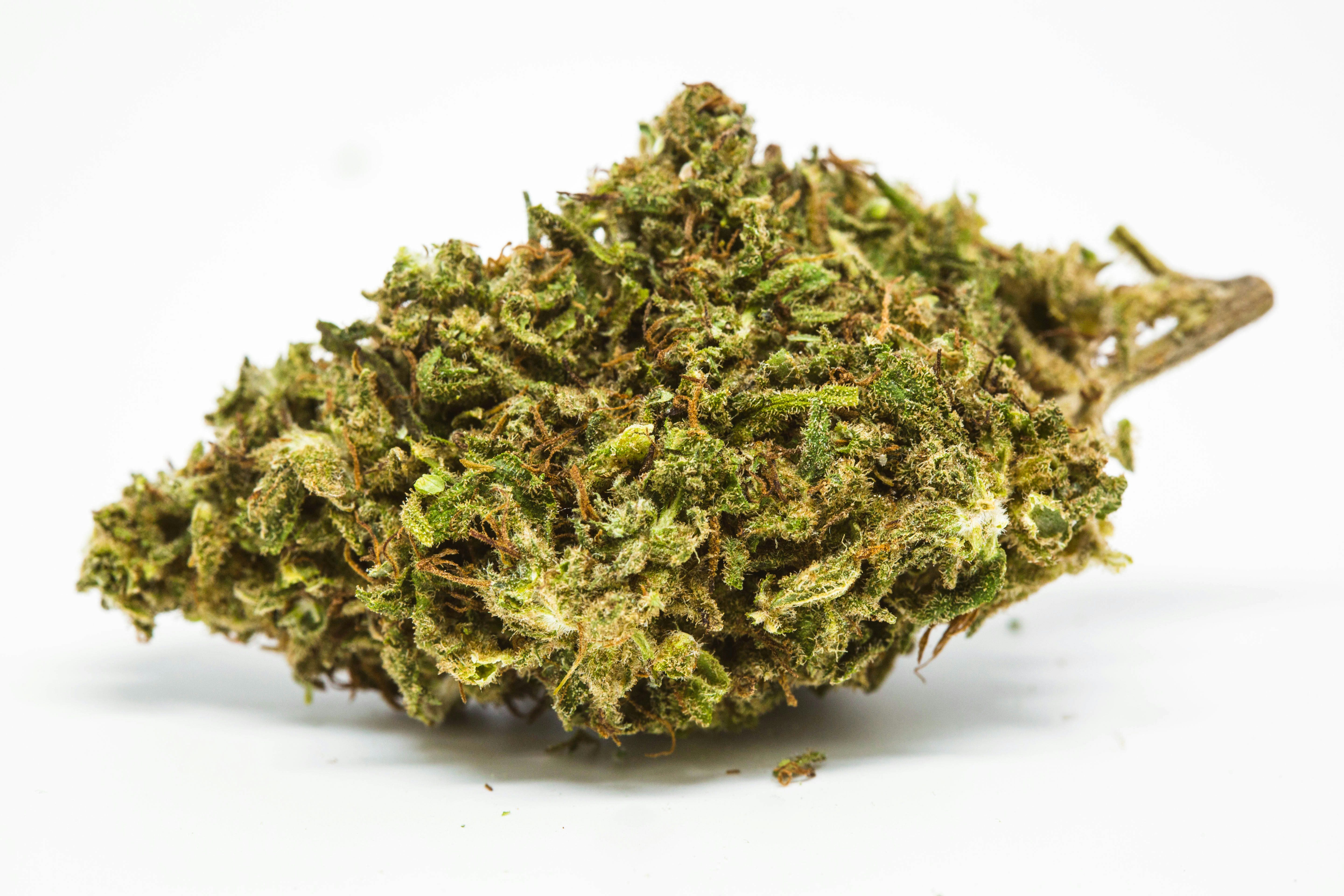
– Thai
– Chocolate Thai
– Aceh
Landrace Strains from India & Afghanistan
– Afghani
– Hindu Kush
– Mazar
– Lashkar Gah
Mexican Landrace Strains
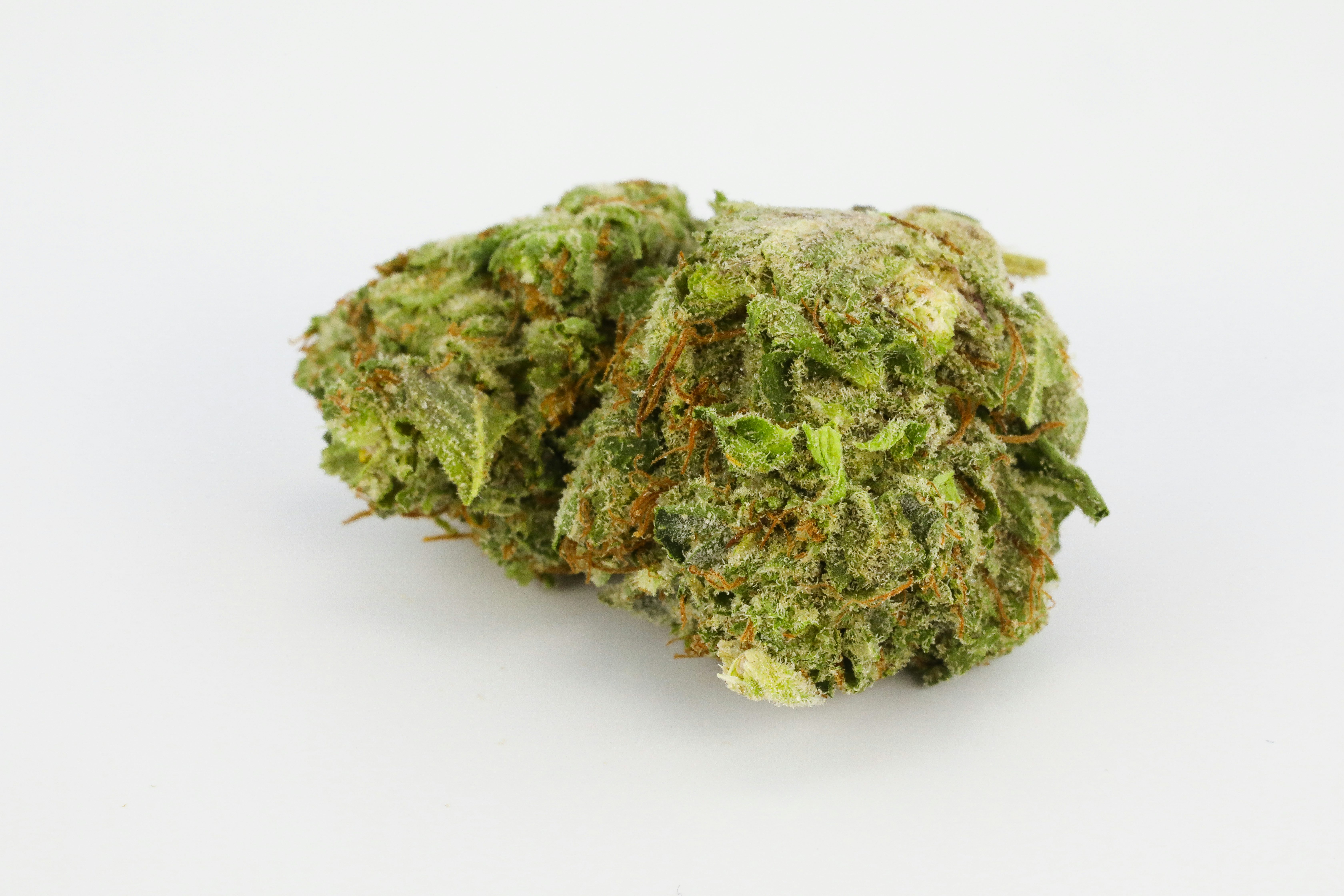
– Acapulco Gold
South American Landrace Strain
– Colombian Gold
– Panama Red
Jamaican Cannabis Strains

– King’s Bread
– Lamb’s Bread
African Landrace Strains
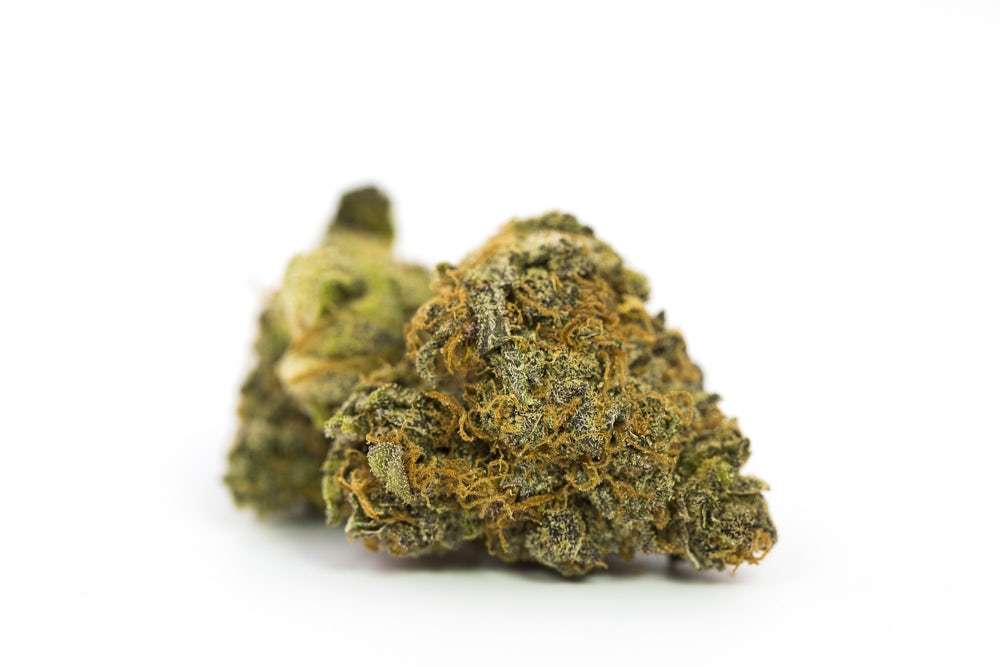
– Durban Poison (perfect for making cannabis coconut oil)
– Malawi
– Kilimanjaro
– Sawzi Gold
– Angola Red
What Makes Landrace Strains So Special?
Landrace strains are important because of their genetics and because they are the evolutionary origin point of all modern strains. When left to the whims of nature, a cannabis plant is forced to adapt and will continue to evolve over millennia to make better use of resources in their particular habitat.
All sorts of adaptations can occur, from changes in leaf size, differences in color, and alterations in phytochemical production. Cannabis Ruderalis is a good example of wild adaptation in action.
Plants native to different regions will develop more pronounced adaptations to survive in their locations. Over centuries, these plants may even evolve into a different subspecies. Yet, for now, landrace strains simply express unique phenotypes and genotypes (physical and genetic features) that make them better suited to survive their present habitat.
Heirloom Strains
Heirloom strains are similar to landrace strains, but can be thought of as the first strains to be cultivated by humans. An heirloom strain is what you would consider an old-school variety of agricultural cannabis. They have been taken from their original location and cultivated in a different environment.
Typically, heirloom strains have had some genetic modification through cross-breeding and hybridization. Overall, these plants are still close to their landrace ancestors, but with just a little human intervention.
The strains now native to South and Central America, for example, are heirloom strains. It is thought that many of the strains now adapted to this region descended from landrace African strains like Angola Red (Angola Roja).
Hawaiian strains are also heirloom strains. Cannabis is not native to Hawaii, but these classic strains were brought over and are less hybridized than many modern varieties.
Collecting Landrace Seeds
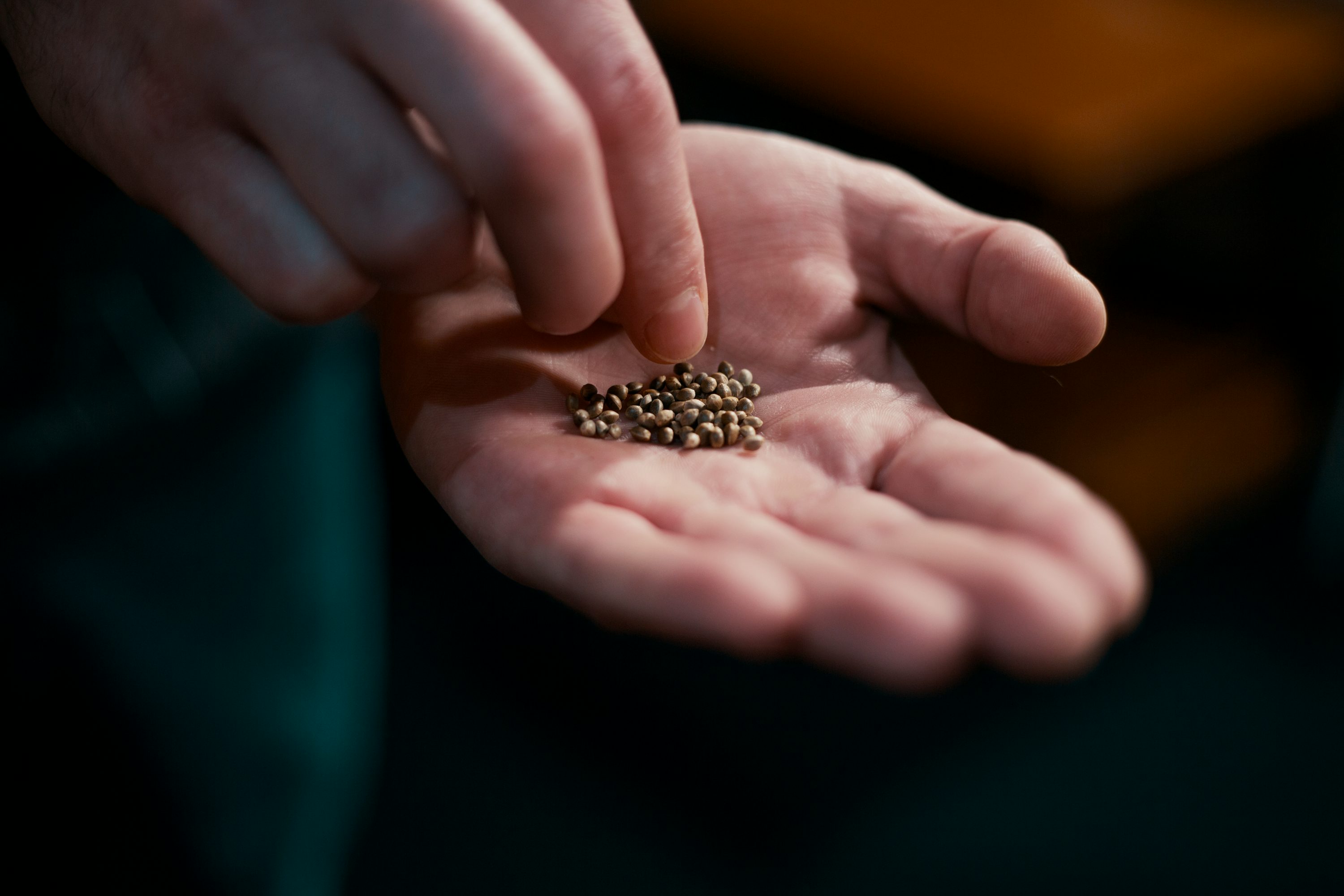
There is an ethical debate about collecting landrace seeds. For decades, cannabis breeders have traveled to remote locations in search of native landrace strains. Breeders from Green House Seeds have even documented some of their adventures in the hit series Strain Hunters.
Seed finding missions are valuable for preserving pure landrace genetics. Collecting seeds from indigenous plants enables us to preserve their unique properties. It also increases genetic variation.
Different plants are resistant to different environmental conditions, and it’s not hard to see why that is useful to growers. These traits preserve the strain and genetics for the future. It also allows us to make hybrid strains that can better tolerate various climates.
Seed swapping has also caused some dispute. The trouble is that some seed companies share modern, hybridized seeds with remote landrace cultivators. While crops may once have been a pure strain heavily influenced by natural selection, introducing modern seeds to this environment pollutes landrace genetics.
This means that it becomes harder and harder for future seed hunters to find pure, indigenous, or wild strains. Many strains are now considered endangered. In fact, some breeders would even argue that we have already lost some landrace strains, like Thai.
Seed swapping also leads to decreased genetic diversity over time. While certain strains may have developed in a particular location over centuries, throwing a modern hybrid into the mix reduces the wild qualities of the plant. Instead, we’re left with a modern agricultural crop.
So, while there are benefits to seed hunting and swapping, we also radically change the cannabis environment through these practices.
The harsh political battle over these plants greatly hinders their survival making landrace and heirloom strains the endangered species of the cannabis world. In the United States, we actively eradicate ditch weed and legacy cannabis crops are burned and destroyed all over the world.
Coupled with crossbreeding and hybridization, there isn’t a lot of protection for landrace cannabis out there. It’s really up to us to save, preserve, and continue to cultivate these wilder types of cannabis if we hope to keep them around for the future.
Herb Recommended Products:
READ MORE










